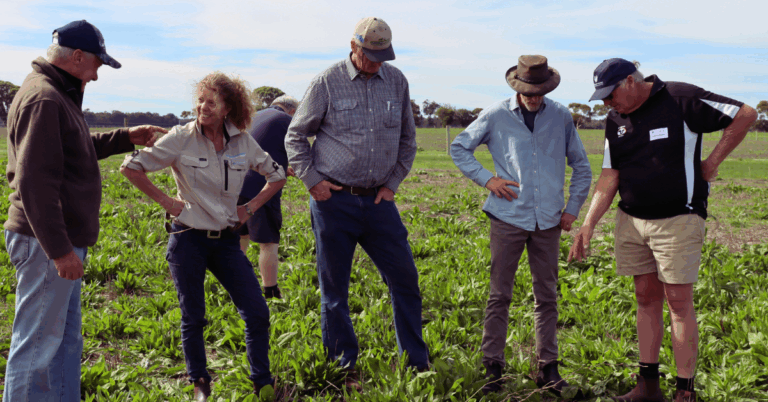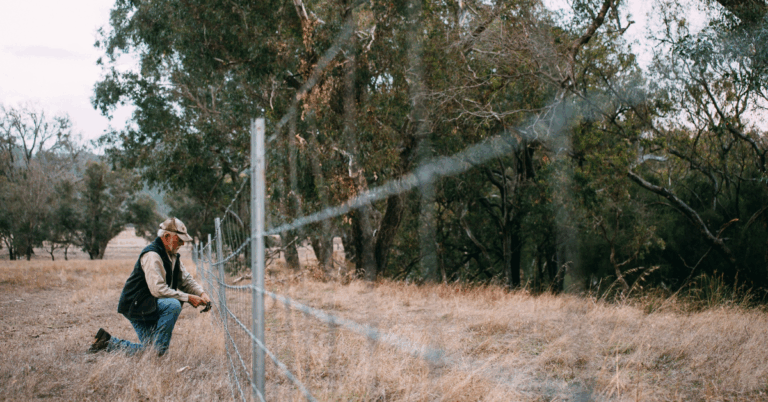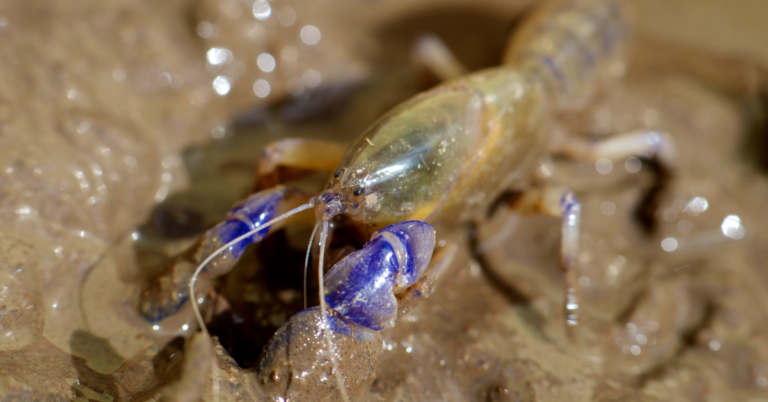Key outcomes
- Four trials of Felixer™ cat grooming traps reduced feral cat activity by up to 49%
- Reduction was sustained over 15 weeks, suggesting long-term benefits to native wildlife.
Feral cats are one of the most significant threats to Australia’s wildlife, killing a staggering 1.7 billion native animals per year. Effectively controlling these predators is very difficult, especially in the higher rainfall forests found in the southwest of WA.
A potentially game-changing new feral cat trap, the Felixer™ grooming trap, is being tested by South West NRM, Blackwood Basin Group and the Department of Biodiversity Conservation and Attractions at the Muir-Byenup wetlands and Upper Warren region as an innovative approach to native wildlife protection.
Felixer™ grooming traps use innovative sensors, tested by Perth Zoo, to distinguish cats and foxes from non-target wildlife. When they sense that a target predator species is close by, the Felixer™ units spray them with a gel containing the 1080 toxin.

The ecologically diverse wetland system of Muir-Byenup covers an area of 10,631 hectares and ranges from fresh to saline and even rare peat-based wetlands, with some permanent and others seasonal. Feral cats pose a significant threat to the wetland’s waterbirds, including black swans, Australian shelducks, little bittern, Eurasian coot and the threatened Australasian bittern. Up to 52,000 birds have been recorded at the wetlands during periods of high rainfall and the wetlands regularly support over 20,000 birds at a time.
The Upper Warren region is home to ten endangered fauna species that are known to be vulnerable to cat attack.
Modelling suggesting that the Felixer™ has the potential to reduce feral cat density by over 80% is being tested in bushland surrounding the wetlands. ‘Safe mode’ testing has confirmed that the traps are extremely safe for native species.
Four trials have been completed to date achieving reductions in cat activity of up to 49% over a 10 to 15 week period strongly suggesting that Felixer traps may have long-term benefits to native species’ survival. These trials recorded 7,000 sightings of feral cats and 41,000 sightings of native fauna from almost two million images. South West NRM is continuing to improve the results by using data from remote cameras to identify landscape-scale patterns in cat activity to inform the placement of the Felixer traps and better target these invasive predators.
The outcomes of this research will determine whether Felixer™ grooming traps could be added to the existing suite of predator management techniques. If successful, they could be a vital tool in the fight to conserve our vulnerable native fauna.
This project is delivered by South West NRM, through funding from the Australian Government’s National Landcare Program






